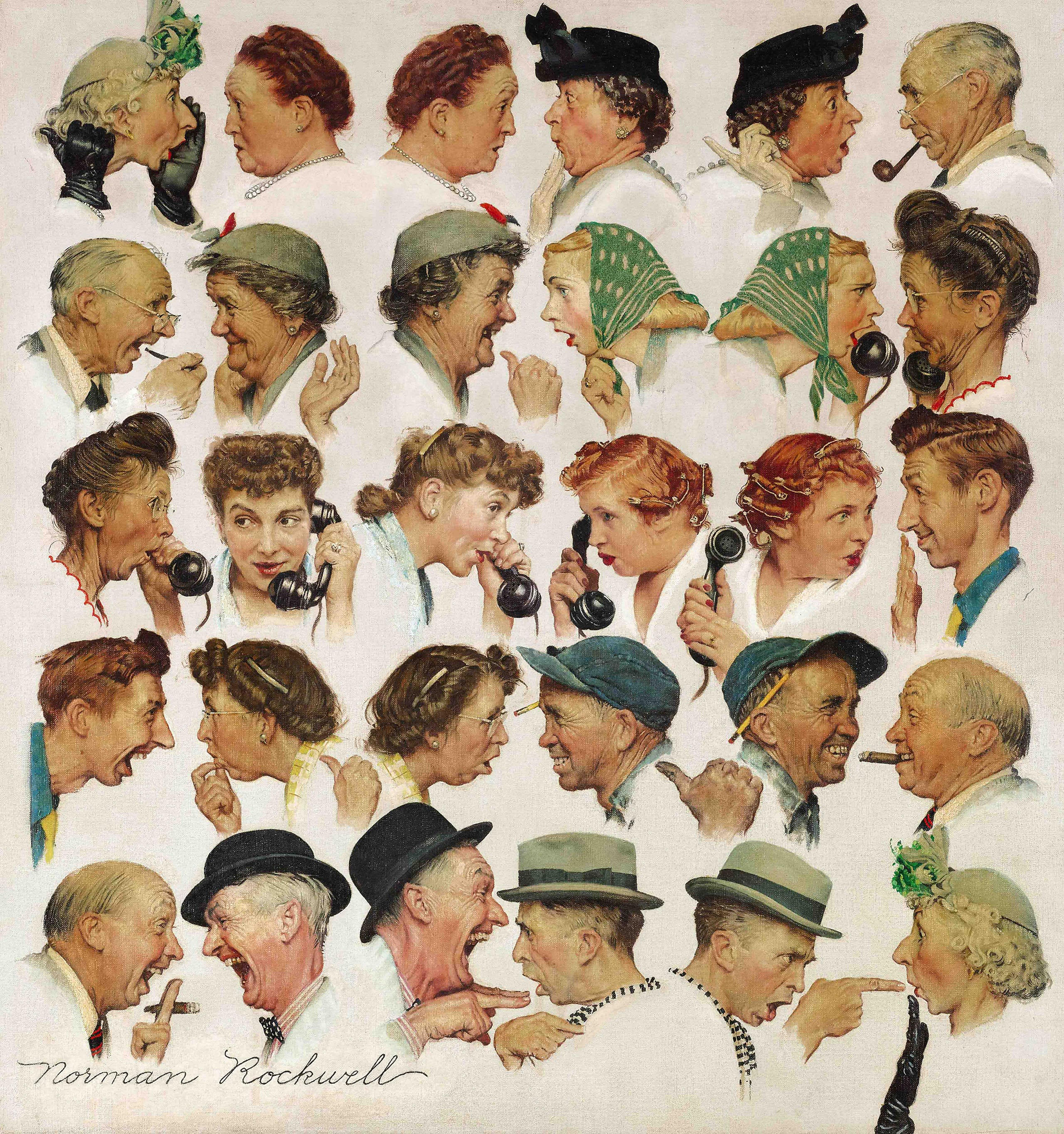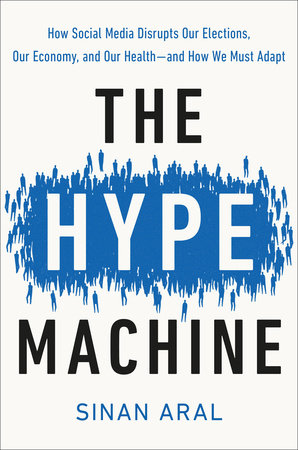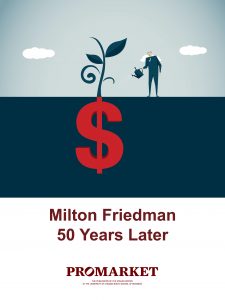Medicare's Bundled Payment Initiatives for Hospital‐Initiated Episodes: Evidence and Evolution
The Impact of Medicare’s Alternative Payment Models on the Value of Care
Bundled payments have been promoted as an alternative to fee‐for‐service payments that can mitigate the incentives for service volume under the fee‐for‐service model. As Medicare has gained experience with bundled payments, it has widened their scope and increased their duration. However, there have been few reviews of the empirical literature on the impact of Medicare's bundled payment programs on cost, resource use, utilization, and quality.
Main messages:
- Evidence suggests that bundled payment contracting can slow the growth of payer costs relative to fee‐for‐service contracting, although bundled payment models may not reduce absolute costs.
- Bundled payments may be more effective than fee‐for‐service payments in containing costs for certain medical conditions.
- For the most part, Medicare's bundled payment initiatives have not been associated with a worsening of quality in terms of readmissions, emergency department use, and mortality. Some evidence suggests a worsening of other quality measures for certain medical conditions.
- Bundled payment contracting involves trade‐offs: Expanding a bundle's scope and duration may better contain costs, but a more comprehensive bundle may be less attractive to providers, reducing their willingness to accept it as an alternative to fee‐for‐service payment.





